Mounted high quality chiseling Ormolu case upon 4 adjustable feet, designed with elegant festoons and Garlands
Porphyry plaques on each face
Enameled Dial signed Ene Lenoir à Paris after the Paris Clockmaker Etienne Lenoir (1699-1778)
Roman hour-markers, outer minute ring, open-work gilt hands
Circa 1850
Porphyry panel on the back door restored
Etienne Lenoir Clockmakers
From 1750, the signature "Etienne Lenoir" corresponds to the association of Etienne II Lenoir (1699-1778) and his son, Pierre-Etienne Lenoir (1724-after 1789), two of the most important Parisian watchmakers of the reign of Louis XV.
Received masters in 1717 and 1743 respectively, they collaborated for nearly two decades and created numerous clocks for the greatest French collectors, as well as for certain major European courts, particularly Spain.
Like the greatest Parisian watchmakers of the time, the Lenoirs had privileged commercial links with certain large merchants and collaborated with the best craftsmen for the creation of the cases of their clocks, in particular with the cabinetmakers Charles Cressent and Jean -Pierre Latz, and with the bronziers Osmond, Caffieri and Saint-Germain.
Today, some of their works are included in the most important international public collections, notably at the Museum of Art in Cleveland, the Getty Museum in Malibu, the Louvre Museum in Paris and the Musée national du château de Versailles.
Under the second Empire, the reign of pastiche in styles and copying of old period models is at its peak, and it’s usual to find pendulums, cartels and other clocks signed by 18th century clockmakers.




















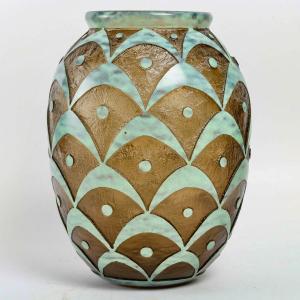
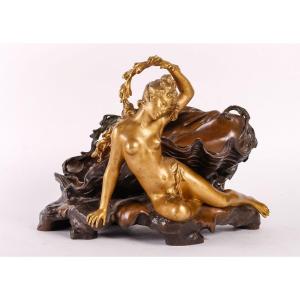
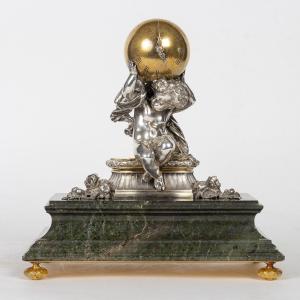
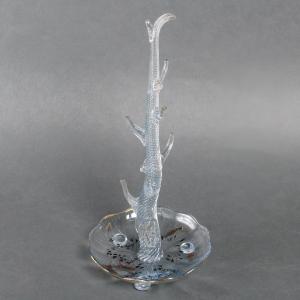

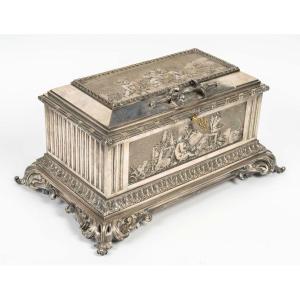

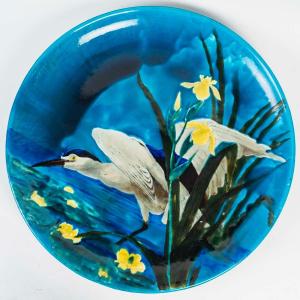


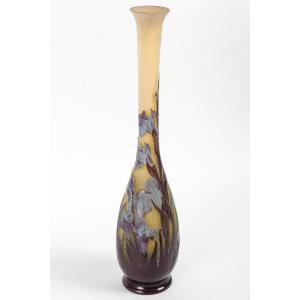



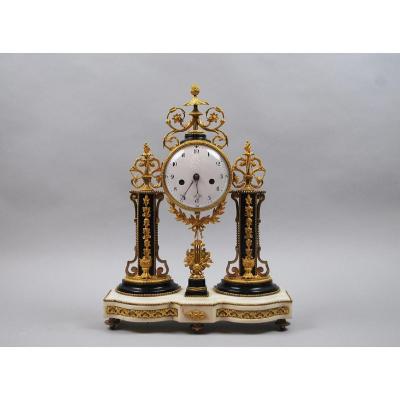
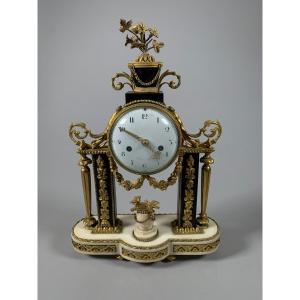

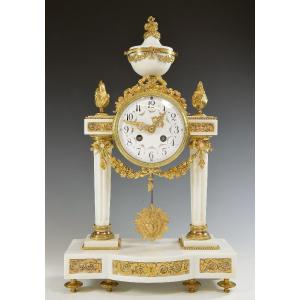



 Le Magazine de PROANTIC
Le Magazine de PROANTIC TRÉSORS Magazine
TRÉSORS Magazine Rivista Artiquariato
Rivista Artiquariato